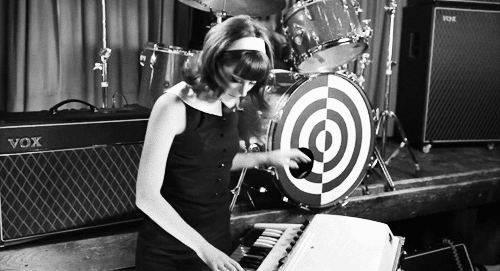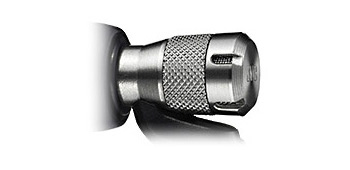a_recording
Member of the Trade: Lachlanlikesathing
- Joined
- Mar 20, 2009
- Posts
- 4,705
- Likes
- 793
Quote:
Oh no, I'm sure they all have very different soundstages.
What I'm saying is that the idea of custom IEMs / these micro dynamic drivers is that there is a benefit to eliminating as much interaction between the sound waves and the ear canal, either by replacing the material between the ear drum and the driver with some other material besides flesh (the canal tip of custom IEM's) or by bringing the driver closer to the eardrum (JVC's approach). I'd imagine that bringing the driver closer to the ear allows for a smaller volume of air sealed inside the ear canal, allowing for previously unattainable damping factors - perhaps the reason why sub-bass is a signature of JVC's micro drivers and my own experience with the CC51.
Meanwhile the large angled driver full size headphones take the opposite approach - embracing the flesh and relying on the surface of the ear to shape the sound in a way that we are familiar with.
I suspect both approaches work better for different types of recording (studio vs live vs binaural). I've found for instance that the SA5000 works much more naturally for binaural recordings than anything else I've tried.
Edit: Ah, just saw your edit. Well, I dunno. I think every headphone I've tried with angled drivers have a more natural, more 'in-front-of-your-face' soundstage than headphone with drivers parallel to the head. The SA5000 vs the AD2000, or the Z1000 vs the Pro700 as far as my inventory goes.
The SA-5000 and T5p both sound totally completely different in presentation than conventional IEM's, custom IEM's and the JVC FXC51 design respectively IME = in my experience. Not theorising.
Oh no, I'm sure they all have very different soundstages.
What I'm saying is that the idea of custom IEMs / these micro dynamic drivers is that there is a benefit to eliminating as much interaction between the sound waves and the ear canal, either by replacing the material between the ear drum and the driver with some other material besides flesh (the canal tip of custom IEM's) or by bringing the driver closer to the eardrum (JVC's approach). I'd imagine that bringing the driver closer to the ear allows for a smaller volume of air sealed inside the ear canal, allowing for previously unattainable damping factors - perhaps the reason why sub-bass is a signature of JVC's micro drivers and my own experience with the CC51.
Meanwhile the large angled driver full size headphones take the opposite approach - embracing the flesh and relying on the surface of the ear to shape the sound in a way that we are familiar with.
I suspect both approaches work better for different types of recording (studio vs live vs binaural). I've found for instance that the SA5000 works much more naturally for binaural recordings than anything else I've tried.
Edit: Ah, just saw your edit. Well, I dunno. I think every headphone I've tried with angled drivers have a more natural, more 'in-front-of-your-face' soundstage than headphone with drivers parallel to the head. The SA5000 vs the AD2000, or the Z1000 vs the Pro700 as far as my inventory goes.


























 " might imply. I could scan in another 50 pages about driver design, and this book isn't even an engineering reference, just what appears to be background information. You can't just look at those numbers and say, "well this moves faster, therefore more of it would be better." If that were true it would be so easy to make perfect drivers - everyone single company in the industry would have settled around the best material and the best geometry, and then patted themselves on the back and gone home. Of course different materials make a difference, and new materials sound different from old materials. But at the end its still implementation, and no wonder material is going to change that.
" might imply. I could scan in another 50 pages about driver design, and this book isn't even an engineering reference, just what appears to be background information. You can't just look at those numbers and say, "well this moves faster, therefore more of it would be better." If that were true it would be so easy to make perfect drivers - everyone single company in the industry would have settled around the best material and the best geometry, and then patted themselves on the back and gone home. Of course different materials make a difference, and new materials sound different from old materials. But at the end its still implementation, and no wonder material is going to change that.